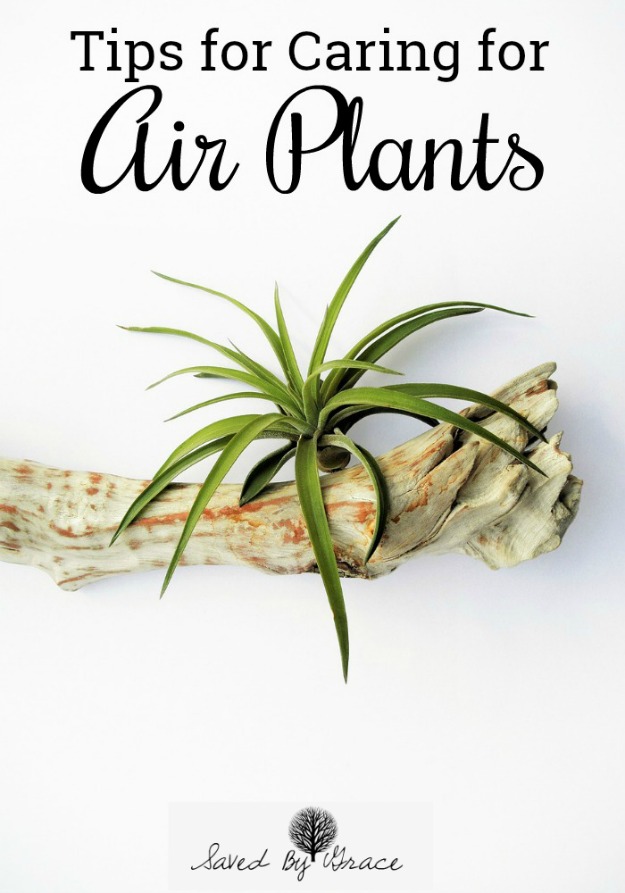Air plants (also officially known as Tillandsia) are pretty hard to kill so they are a great plant for those that worry they will kill any plant under their care. Air plants are very interesting because they can appear to be dead, when really they aren’t. Here are some tips for keeping yours happy.
How to Care for Air Plants
Don’t glue them down to anything if you live in certain climates- Air plants are a tropical plant . What this means is, they will need to be watered on a specific schedule. Many stores keep air plants carelessly glued to driftwood or rocks and leave them there. If you bought yours this way, carefully remove it from the glued area and try to get as much glue off as possible. If you really want it to be more decorative, try placing your air plant in a terrarium. They make excellent inhabitants of them!
Provide bright or filtered light- Your air plant will need a good light source. Air plants can even do well outdoors if they are watered on a regular basis and protected from blowing away as they weigh virtually nothing. Surprisingly, air plants can also withstand almost freezing temperatures in most cases. Tillandsia also thrives just fine indoors, but as mentioned, it really needs light so make sure to place it where it can get some for most of the day.
You may need to water differently, depending on where you call home- As mentioned above, you may need to water more often if you live in a dry area. Air plants survive by soaking in the moisture from the air in the tropical area they live in. You can recreate this in a more humid area by simply using a spray bottle to give them a good misting once or twice a week and /or using a humidifier. If you live in a dry/desert area like I do in the high desert, you may need to actually soak them. I take mine and place them in a vase filled with water. I allow them to become completely submerged for 4-6 hours and then I take them out and dry completely upside down before placing them back in their container I keep them in. Whatever you do, make sure to watch for signs of dehydration which is usually shown by the ends of the plant curling up. You can fix this by simply watering an extra time per week. It is completely normal for them to get dry looking, but they should not curl up too much.
Make sure to allow them to dry completely between waterings- While they need enough water, you don’t want to allow them to sit and rot either. This is why I dry mine upside down. If you are misting yours, you could move them from their container and allow them to dry between watering as well.
Fun fact: Tillandsia typically only bloom ONCE in their lifetime, right around the 7 year mark. So with some great patience, you may be lucky enough to see it!

